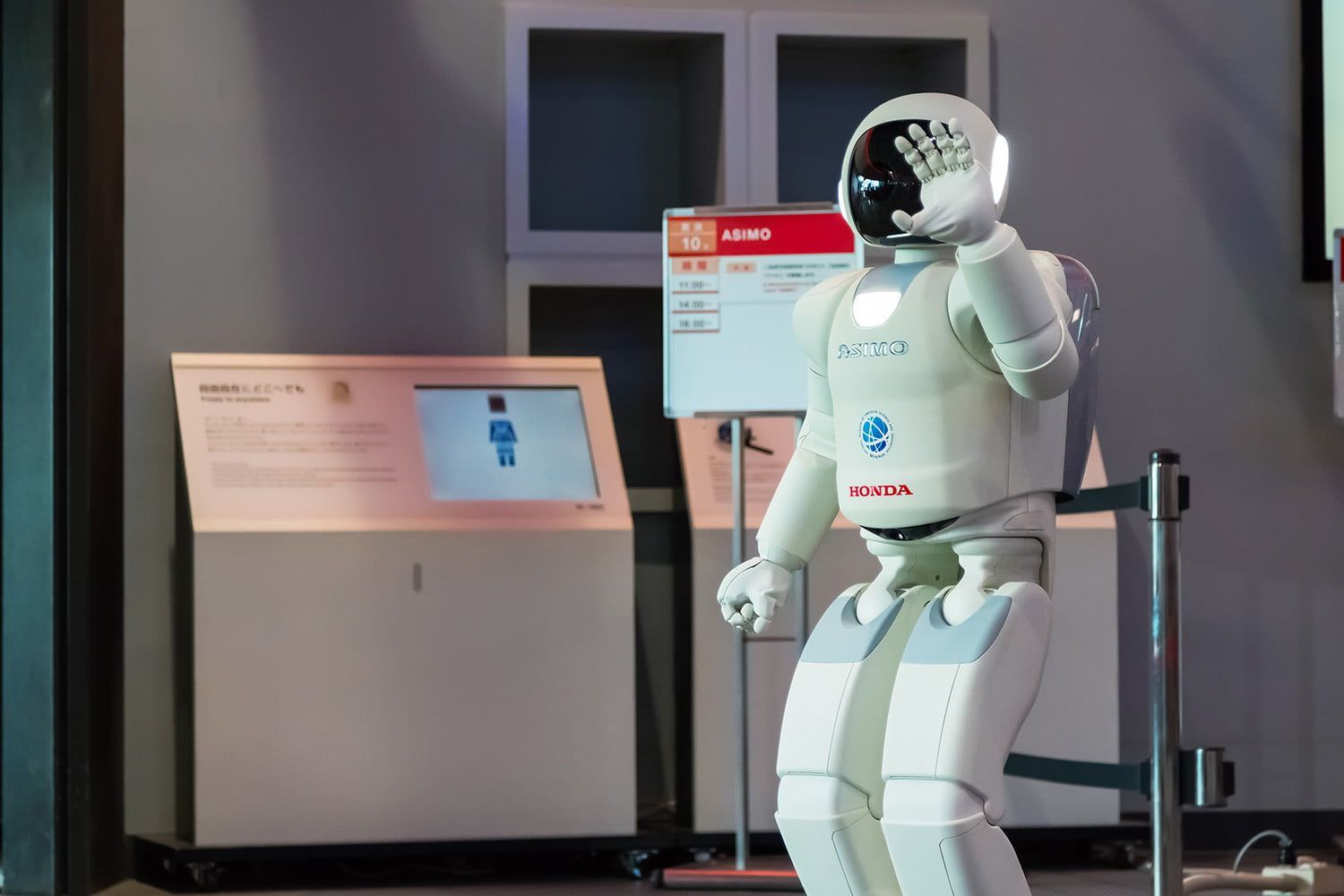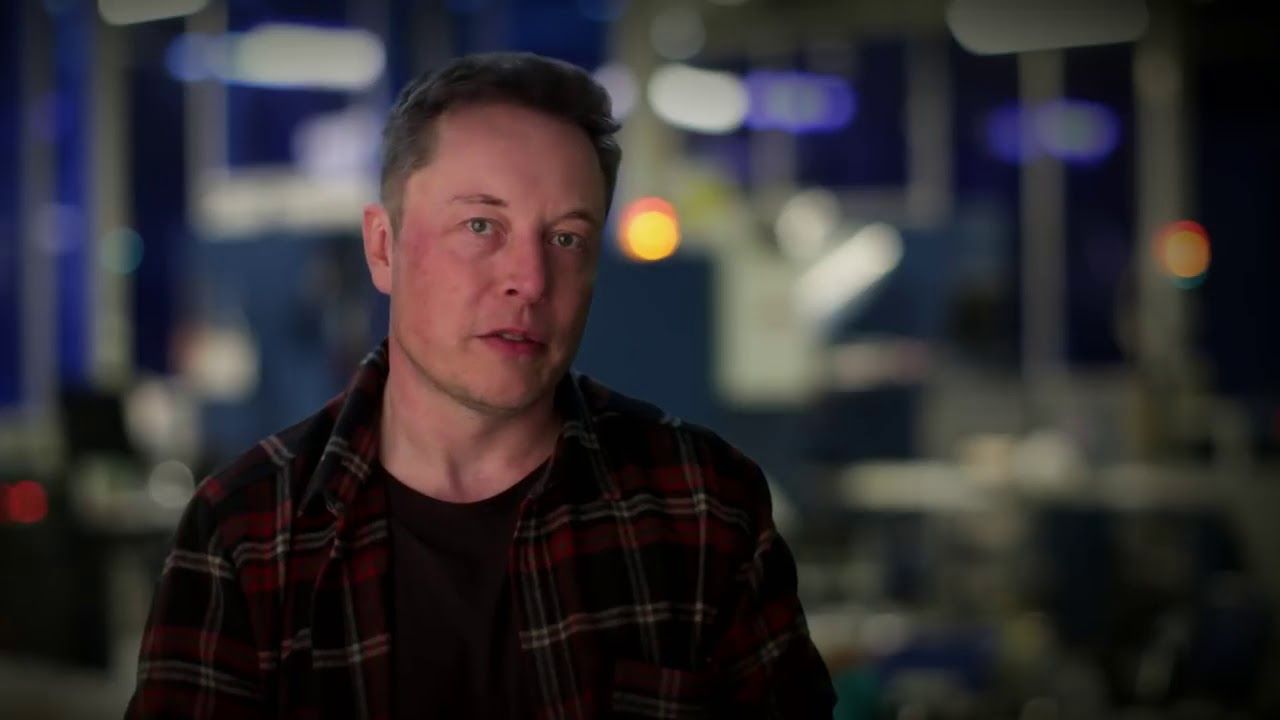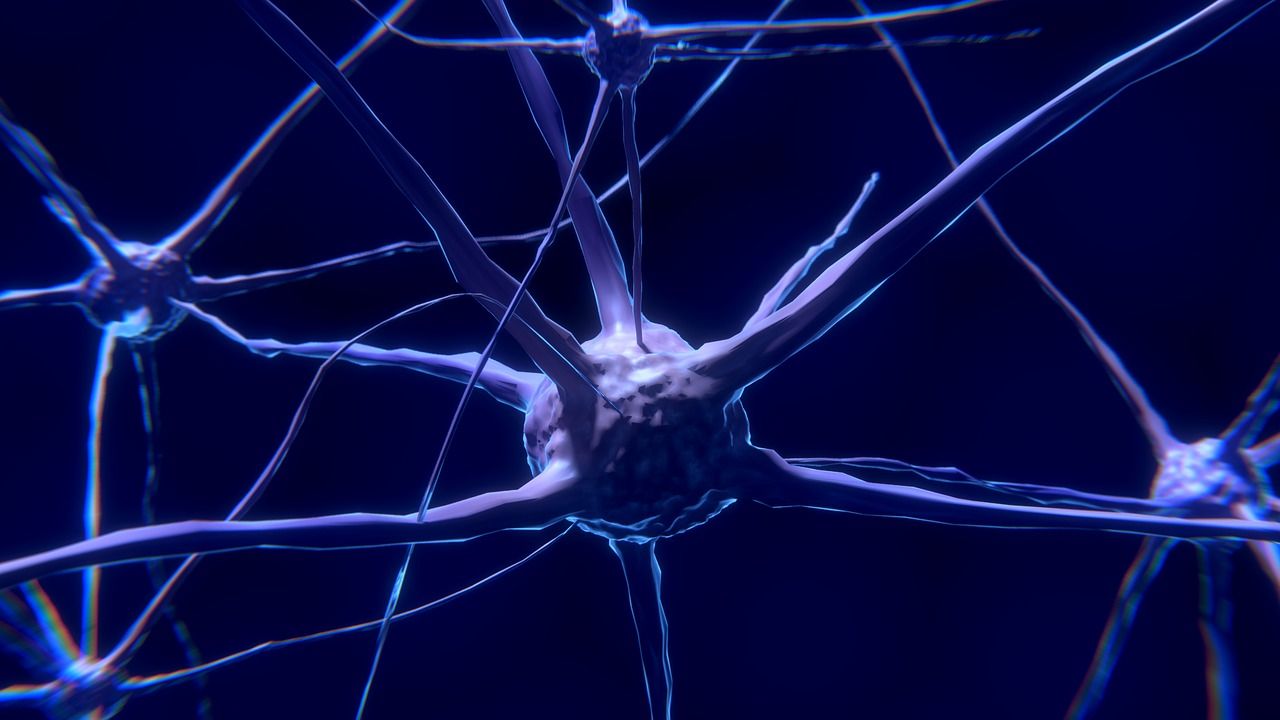Page 9200
Apr 8, 2018
Macular degeneration tied to aging immune cells
Posted by Genevieve Klien in categories: biotech/medical, life extension
An early symptom is blurry vision in which straight lines appear distorted. That can progress to darkness, whiteouts, or blurry areas in the center of the visual field. The disease does not, by itself, lead to total blindness because peripheral vision remains unaffected. Although some therapies delay loss of central vision, no current treatments restore it completely.
“Macular degeneration therapies seem to be treating disease symptoms, rather than its cause,” Lin says. “We focused on the role of macrophages in regulating inflammation and the growth of abnormal blood vessels to see whether it may be possible one day to help people who don’t get much benefit from existing treatments and design therapies that may prevent progression to advanced forms of the disease.”
Virus delivers genes to fight vision loss.
Apr 8, 2018
Counting down the 10 most important robots in history
Posted by Genevieve Klien in categories: food, habitats, robotics/AI, sustainability

From research labs to factories, farms, and even our own homes, robots are everywhere these days. But which are the most important robots ever built? We decided to welcome our new robot overlords with just such a list. Read on to discover which robots we owe a debt of a gratitude for their part in turning science fiction into, well, science.
Apr 8, 2018
Artificial intelligence: between scientific, ethical and commercial issues
Posted by Genevieve Klien in category: robotics/AI
The report of the mathematician and deputy of Essonne Cédric Villani renders his report on artificial intelligence today.
Apr 8, 2018
Replicating human memory structures in neural networks to create precise NLU algorithms
Posted by Genevieve Klien in categories: information science, robotics/AI
Machine learning and Artificial Intelligence developments are happening at a break neck speed! At such pace, you need to understand the developments at multiple levels – you obviously need to understand the underlying tools and techniques, but you also need to develop an intuitive understanding of what is happening.
By end of this article, you will develop an intuitive understanding of RNNs, specially LSTM & GRU.
Ready?
Apr 8, 2018
Goodbye Anthropocene hello Alexacene. The future of humankind and the planet
Posted by Genevieve Klien in categories: food, robotics/AI

https://youtube.com/watch?v=gdhL3KsZ0jw
You heard about the Anthropocene, a new geological era when what happens to the planet is determined by the activities of the human species. The Anthropocene started with agriculture 12,000 years ago or with the industrial revolution in the 1800s according to different opinions.
I propose that the Anthropocene will be over by the end of this century as what will happen to Earth is determined not by humans but by artificial intelligence (AI).
Continue reading “Goodbye Anthropocene hello Alexacene. The future of humankind and the planet” »
Apr 8, 2018
Starwatch: our nearest star is heading for solar minimum
Posted by Genevieve Klien in category: futurism
Sunspots come and go in 11-year cycles with fluctuations in solar magnetic activity.
Apr 8, 2018
Fizeau, Foucault and Astronomical Photography
Posted by Genevieve Klien in categories: biotech/medical, education, space
On April 2, 1845, Armand Hippolyte Louis Fizeau and Jean Bernard Léon Foucault manage to make the very first photography of the Sun. Thereby, they both initiate astronomical photography.
From a previous blog post you may remember Léon Foucault’s Pendulum.[4] The instrument was used to proof Earth’s rotation in the 1850s and counts to one of Foucault’s biggest scientific achievements. But let’s start a little bit earlier. Leon Foucault was born on September 18, 1819 as the son of a publisher in Paris. After an education received chiefly at home, he studied medicine, which he abandoned in favour of physics due to a fear of blood.
Meanwhile, astronomical photography started to establish slowly. There were not many experts in the field back then, since the very long exposures needed to capture relatively faint astronomical objects and many technological problems had to be overcome. Completely new telescopes had to be developed that were rigid enough in order to not lose the focus during exposure time. Also the telescopes had to be attached to a rotating mount that would move at a constant rate very accurately. Next to the telescope building itself, the technology of photography needed improvement as well. The daguerreotype was just introduced in 1839 and came into a very widespread use. However, for astronomical photography, the process was too slow and was only able to record very bright objects. Also, the exposure time was very limited using this method due to the wet plate collodion process.
Apr 8, 2018
In the 21st Century, Convenience is What Makes the World Go Round
Posted by B.J. Murphy in category: futurism

We’ve all heard the old saying, “Money is what makes the world go round.” And while the monetary system is still relevant today, its role and distinction have diminished quite significantly in the pursuit of overwhelming abundance. In today’s world, convenience has become the ultimate product.
A new world is emerging thanks to the technological revolution being waged by a base of consumers who dream of a future where scarcity no longer exists.
Continue reading “In the 21st Century, Convenience is What Makes the World Go Round” »
Apr 8, 2018
New DIY 3D Bioprinter to Create Living Human Organs
Posted by Mean Raven in categories: 3D printing, bioprinting, biotech/medical, engineering, life extension

DIYers can bioprint living human organs by modifying an off-the-shelf 3D printer costing about $500, announce researchers who published the plans as open source, enabling anyone to build their own system. [This article first appeared on LongevityFacts. Author: Brady Hartman. ]
Scientists at Carnegie Mellon University (CMU) developed a low-cost 3D bioprinter to print living tissue by modifying a standard desktop 3D printer and released the design as open source so that anyone can build their own system.
Continue reading “New DIY 3D Bioprinter to Create Living Human Organs” »














